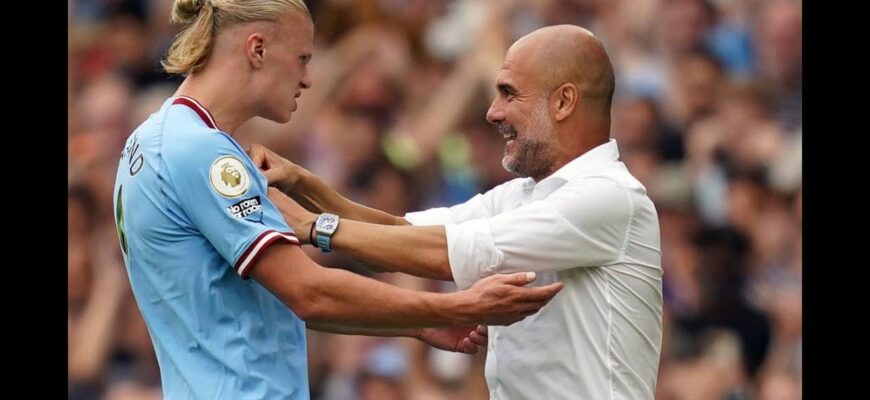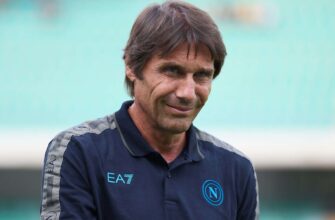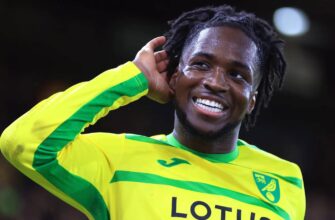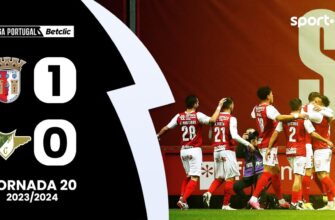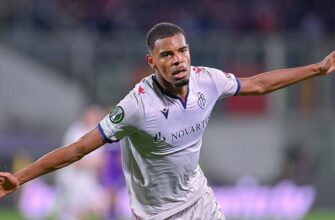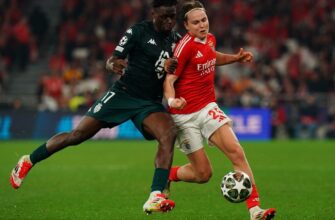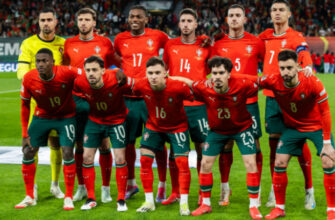In the ever-evolving landscape of professional football, tactical paradigms are rarely static. Even the most successful systems must adapt, much like a living organism responds to changes in its environment. For Manchester City, a club that has epitomized a distinct, possession-heavy, positional-play philosophy under Pep Guardiola, a seismic shift appears to be underway. The North Star of their constellation is no longer just the intricate passing triangles, but the formidable gravitational pull of their Norwegian striker, Erling Haaland.
An End of an Era, A Dawn of a New Purpose
For years, Manchester City operated with the precision of a Swiss watch, each cog meticulously placed, each movement choreographed to perfection. Their dominance was built on control, patience, and the ability to suffocate opponents with relentless possession. However, the summer has brought an undeniable pruning to the squad. Key figures like Kevin De Bruyne and Jack Grealish, architects of their previous success, have moved on, their departures hinting at more than just player turnover. Even the influential Rodri has faced a challenging period with injuries, loosening his iron grip on the midfield tempo. This isn`t merely a refresh; it`s a re-evaluation.
In this crucible of change, one figure looms larger than ever: Erling Haaland. Since his arrival from Borussia Dortmund, Haaland has been a force of nature, a goal-scoring phenomenon whose sheer output often overshadowed the subtle challenges he posed to Guardiola`s intricate positional play. Was he a square peg in a round hole, albeit one that consistently found the net? The prevailing sentiment suggested City`s system bent to accommodate his incredible talent, rather than being fundamentally built around it. That perception, it seems, is now undergoing a dramatic reversal.
The Tactical Metamorphosis: Evidence on the Pitch
The opening fixtures of the new season offered compelling evidence of this strategic recalibration. Against Wolverhampton Wanderers, a team City typically dominates with overwhelming possession, the statistics painted a strikingly different picture. City held significantly less of the ball, engaged in fewer long passing sequences, and reduced their average time in possession. Critically, they also played deeper, embracing a more direct approach.
What does this mean in practical terms? It translates to quicker transitions from defense to attack, a willingness to bypass the midfield, and a more direct route to goal. This is a system custom-built for Haaland. His blistering pace, powerful physique, and clinical finishing thrive in open spaces, when the ball is delivered early and defenders are caught off-balance. The focus isn`t on endless circulation to create a perfect opening, but on exploiting moments of vulnerability with surgical precision.
Consider Haaland`s individual impact against Wolves: he accounted for an astonishing 1.99 expected goals (xG), a figure higher than nearly every other team in the Premier League on that matchday. Six of City`s fifteen shots were taken by him, with new arrival Tijjani Reijnders, a player lauded for his box-crashing runs, taking two of the only others inside the penalty area. This isn`t just Haaland being prolific; it`s the team actively channeling its attacking endeavors through him, a stark departure from the multi-faceted threat of previous seasons.
Guardiola`s Evolving Vision of “Modern Football”
Perhaps the most intriguing aspect of this transformation is its alignment with recent comments from Pep Guardiola himself. Late last year, amidst a rare period of uncertainty for his side, the Catalan tactician mused that:
“Modern football is the way that Bournemouth play, that Newcastle play, Brighton play… modern football is not so positional.”
For a manager whose career has been defined by positional play, this was a profound admission. It suggested an acknowledgment that the game is changing, and even the most dogmatic philosophies must evolve to remain at the pinnacle.
This isn`t to say City are abandoning their principles entirely, but rather refining them. They are embracing an efficiency that prioritizes direct progression over intricate build-up, a pragmatic adjustment tailored for the unique talents at their disposal. The new signings reflect this shift:
- Rayan Ait-Nouri: A full-back known for his transition play and direct attacking contributions.
- Tijjani Reijnders: A midfielder with dynamic running power, capable of breaking lines and arriving in the box.
- Rayan Cherki: A creative force who, like De Bruyne, can unlock defenses with a single incisive pass.
- Omar Marmoush: A direct, forward-thinking winger, a stark contrast to the more deliberative style of Jack Grealish.
Even the continued presence of players like Jeremy Doku, known for his raw speed and direct dribbling, speaks volumes about the club`s new direction. These are players who thrive in chaos, who excel in transition, and who can accelerate play rather than slow it down.
The Haaland Era: A New Blueprint for Dominance?
The implications of this tactical pivot are profound. Manchester City, once the undisputed masters of control, are now seemingly willing to cede a fraction of that control in exchange for increased potency through their star striker. This isn`t a retreat, but a strategic repositioning. It`s an affirmation that even a team built on collective genius can benefit from centering its strategy around an individual of truly world-class caliber.
Whether this new, more direct City can maintain the relentless dominance of its predecessor remains to be seen. But one thing is clear: Pep Guardiola, ever the innovator, is not afraid to dismantle and rebuild, even a winning formula, if it means unlocking a new level of performance. This iteration of Manchester City is being forged in the formidable image of Erling Haaland, promising a thrilling, perhaps even more unpredictable, chapter in their decorated history.

